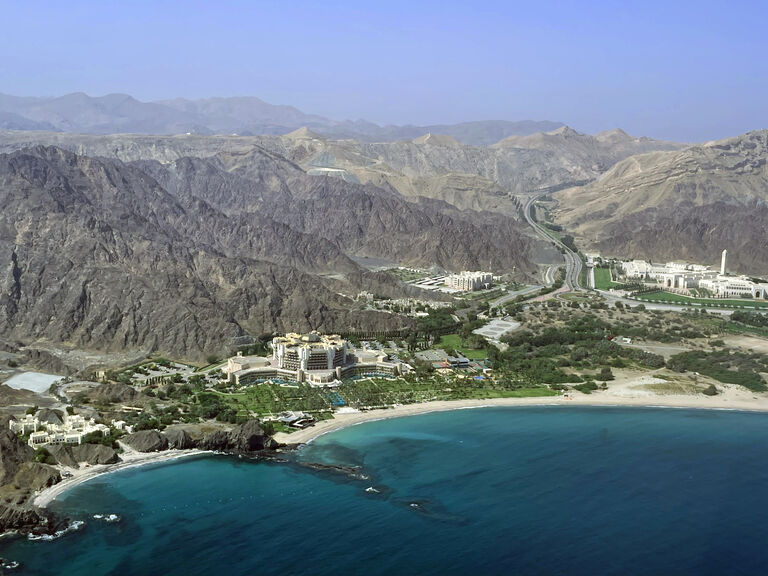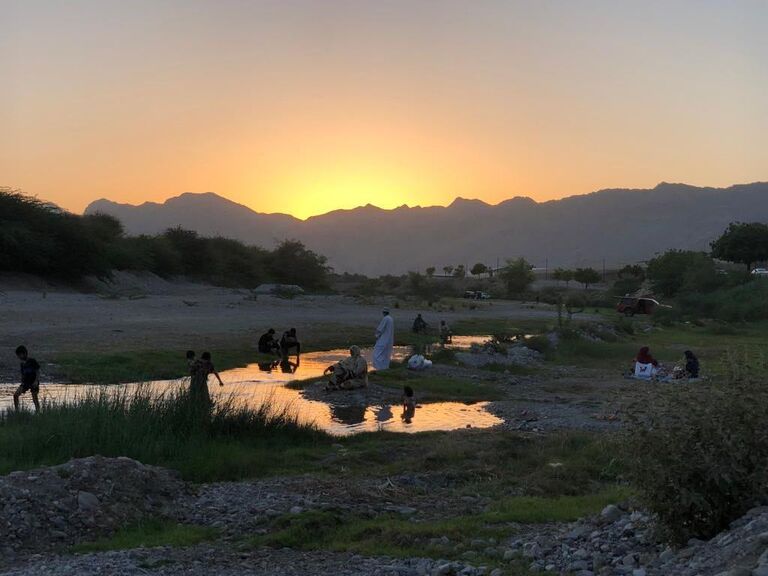Its spectacular location hosts 1.4 million residents, along almost 100 kms of coastline. Its linear sprawling form continues to push Muscat westward as citizens redeem their birth right land plots to build their own homes.
The extensive resulting sprawl is located on land prone to cyclones and worsening climate change risks, demanding effective governance with resilient solutions. These challenges have not gone unrecognised by the Omani government.
In recent years it has launched its 2040 Vision, a 20-year sustainable growth plan that calls for doubling of non-oil revenues, double the amount of water availability for every resident and increasing renewable energy to 40%.

